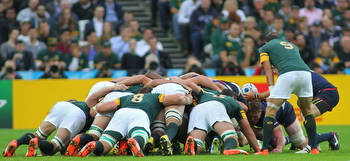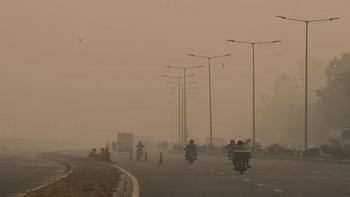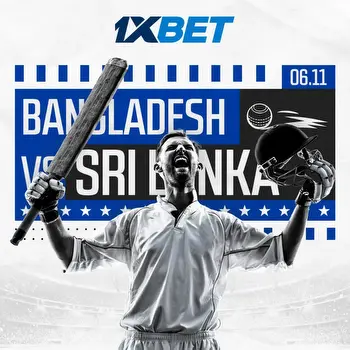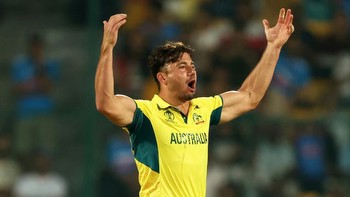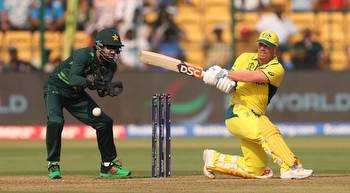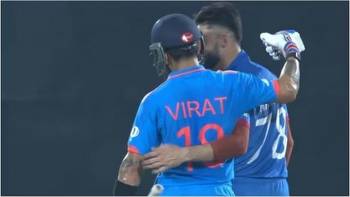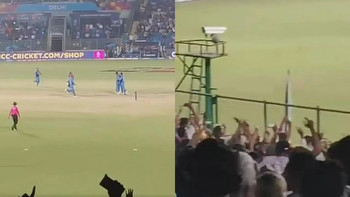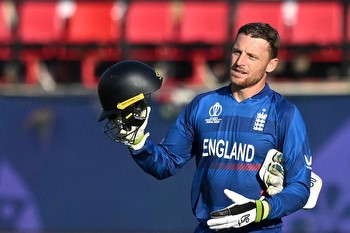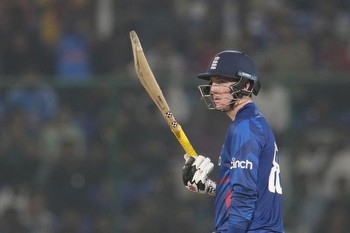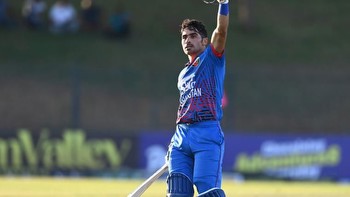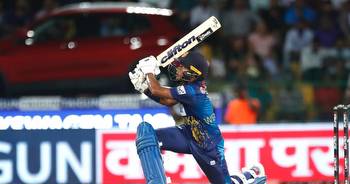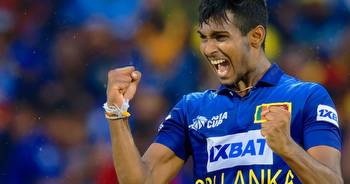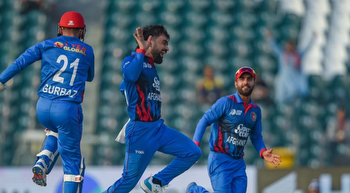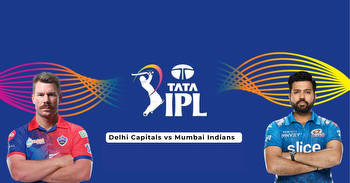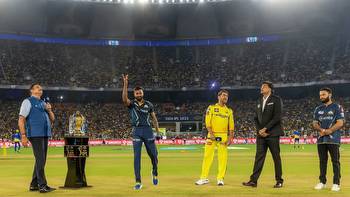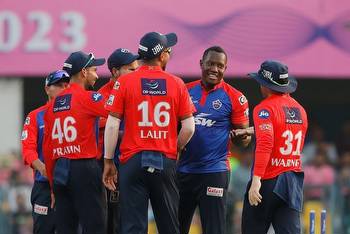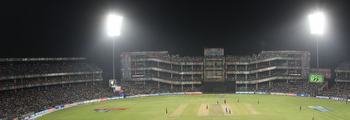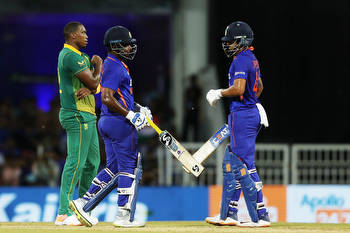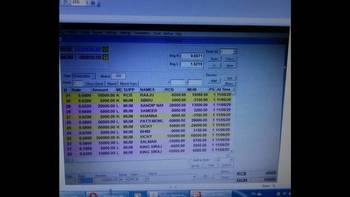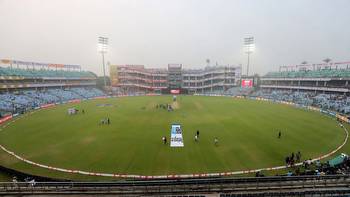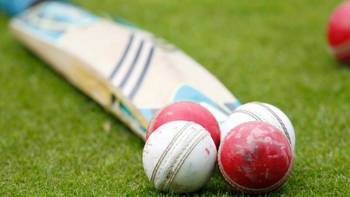A Behind the Scenes Look at Organising the First Ever IPL Tournament

Putting things together was particularly challenging because nothing in Delhi is easy. It is a city with a flourishing VIP culture where everyone is a heavyweight ready to throw their weight around. Delhi is about power and entitlement; it is about government regulations and people who must be ‘obliged’. Holding a commercial cricket tournament in such an environment tested the notion of the ease of doing business.
Also, working with the DDCA wasn’t easy. It had a well-earned reputation as a divided house constantly in a state of civil war and internal insurgency. The silver lining in the otherwise dark scenario was Arun Jaitley, the one-man DRS (dispute resolution system) who, whenever there was a disagreement, heard your appeal for relief and fair play and passed a nuanced judgement. Jaitley’s intervention was needed often because the IPL disturbed the power equation within state associations. During the IPL, control of stadium facilities shifted from association officials to team owners, a change resented by the local cricket dons because it meant the tenants were calling the shots instead of the landlords.
That the IPL demanded ‘world-class’ standards and a good ‘fan experience’ on the ground was another reason for franchise teams to sweat. The IPL small print included designer invites, a consistent ‘look and feel’, and fine dining with customised crockery and branded napkins. The league was positioned as the big fat Indian wedding: grand in scale, full of glitter and glamour, noisy and garish. The IPL matches were pitched as events, concept that was very different from the ordinary BCCI games where it was enough to mark the wicket and get 22 players on the ground.
The Kotla infrastructure was not even remotely world-class. The ground didn’t have floodlights or essential facilities for spectators. The Delhi Daredevils hired a cleaning agency a month before Kotla’s first IPL match in 2008 to get the stadium spruced up in time. We discovered, not to our surprise, that there were parts of the ground that had not met a brush or a bottle of cleaning liquid for years.
Securing permissions to stage the event was also sheer torture. Several government agencies had to be satisfied (police, entertainment tax, electricity and water, fire, disaster management) and getting the paperwork done eventually boiled down to delicate negotiations over free tickets and passes. In Delhi, managing the distribution of freebies is a highly valued skill.
From an operations standpoint, besides the standard drill, one had to be mindful of the anti-dew treatment before an 8 a.m. game and fogging the playing area to keep mosquitos away. Generators had to be hired to guard against power failure and security guards were hired to guard the generators and prevent sabotage.
The Delhi Police deployed almost 2,000 personnel for overall security, background checks of people and sanitising the stadium. On match days, sniffer dogs checked the premises and scanners, metal detectors and CCTVs were installed at strategic points. Security was strict to the point where spectators were not allowed to bring pens or coins into the stadium.
Despite frantic efforts to tie up all the loose ends we came close to breaking point on many occasions. The accreditation system collapsed just before the first home game, leading to extreme panic because, without proper IDs, the police refused to allow players, umpires and the ground staff in. When the ticket box office opened at Dr Ambedkar Stadium, the rush was such that the police had to be called to restore order. Some scalpers were arrested for selling tickets in ‘black’, a development which led to an investigation to determine whether franchise insiders were involved.
Imagine also the horror when we were left with unsold tickets for lower-end seats for some games. As empty stands look bad on television, schoolchildren were bussed into the stadium and given free drinks.
The chaos in the exclusive hospitality areas was even more troubling. The high-end corporate boxes were marketed as a khaana-peena-daaru deal that promised five-star catering and premium liquor. The strategy worked. However, an unexpected snag developed when hordes of gatecrashers invaded the hospitality boxes. Security broke down, drunken brawls took place and the Delhi Police registered a case of public disorder, unruly behaviour and hooliganism. A concerned senior officer gave me friendly advice: Free daaru ko roko. Yeh Dilli culture mein nahi chalta. Arun Jaitley supported the liquor ban for a similar reason. During the matches, his box was full of uninvited guests who raided the food counter and polished off the drinks.
Unable to control this, he switched to a strict no alcohol, only soft drinks’ policy in his box. This worked: the number of Gate crashers dropped and order was restored.By the end of the first IPL season four FIRs had been filed against. Me, the Daredevils’ chief operating officer, for black marketing of tickets, overcharging for food items in the stadium, betting on games, and for the ‘indecent behaviour’ of cheerleaders. Lesson learnt about the golden rule for successful match-day operations: It doesn’t matter which big shot you have on speed dial in Delhi, just ensure that two key people are on your side—the local SHO and the entertainment tax officer. Without these two in your corner it is not possible to organise matches in Delhi.
Excerpted with permission from Pitchside: My Life in Indian Cricket by Amrit Mathur, published by Westland Sport, an imprint of Westland Books.

